Space
Return to article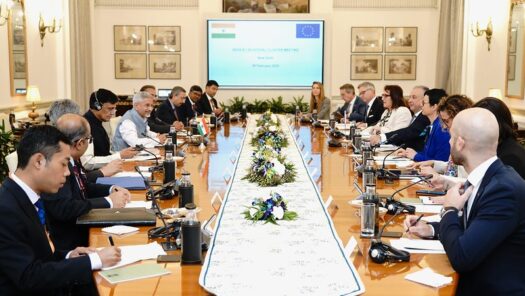
The EU-India Partnership: Realigned and Re-imagined?
Last month, Ursula von der Leyen, President of the European Commission, and a team of European Union (EU) Commissioners was on an official visit to India. The delegation, comprising 22 out of the 27 members of the EU College of…
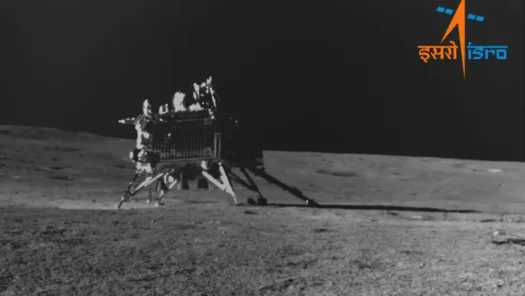
بھارت کی چاند یاترا: چندریان – 3 سے جڑی جغرافیائی سیاسیات
اگست۲۰۲۳ میں بھارت چاند کی سطح پر کامیابی کے ساتھ اترنے والا چوتھا ملک بنا اور اس فہرست میں پہلے سے موجود ممالک امریکہ، روس اور چین کے ساتھ شامل ہو گیا۔ بھارتی خلائی تحقیق کے ادارے (اسرو) کی جانب…
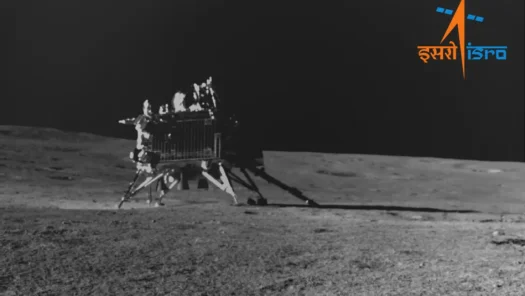
India’s Lunar Landing: The Geopolitics of Chandrayaan-3
On August 23, India became the fourth country to successfully achieve a soft landing on the Moon, joining the United States, Russia, and China. The Indian Space Research Organization (ISRO) Vikram lander set off on the Launch Vehicle Mark-3 (LVM3)…
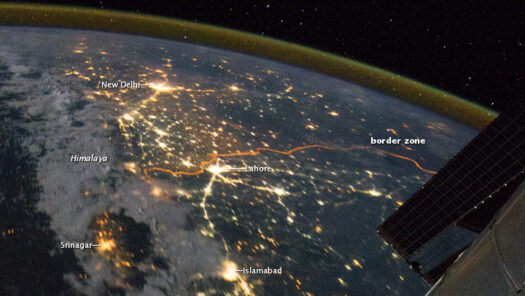
Collaboration between Indian Government and Private Space Companies: Challenges for Pakistan
The Indian Cabinet recently approved the Indian Space Policy, which institutionalized and clarified the private sector’s role in the space sector. Under the policy, private space companies now can perform end-to-end space activities, build spaceports and mobile launch platforms, and…
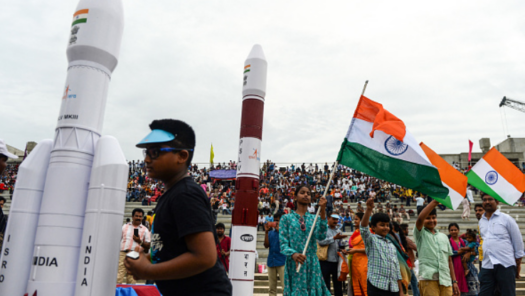
Setting an Ambitious U.S.-India Space Agenda
On January 31, the U.S. and Indian national security advisors met in Washington for the first convening of the initiative on critical and emerging technologies (iCET). Along with artificial intelligence (AI), quantum computing, 5G/6G, biotech, and semiconductors, space is a major focus area…

Strategic Ambiguity in Indian Outer Space Policy
On December 9, the UN General Assembly overwhelmingly endorsed a United States resolution that sought to prohibit direct-ascent anti-satellite tests (DA-ASATs), following a moratorium endorsed by the UN First Committee on Disarmament and International Security in early November. The moratorium…